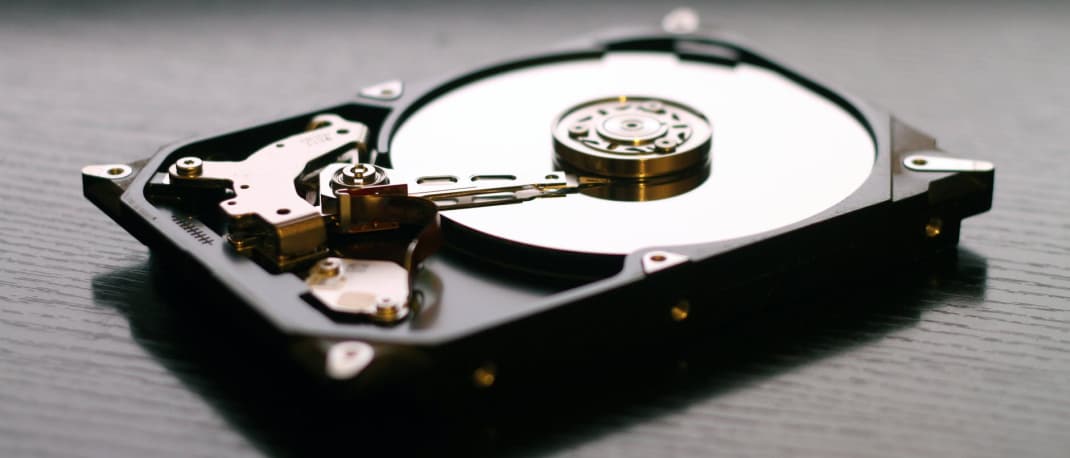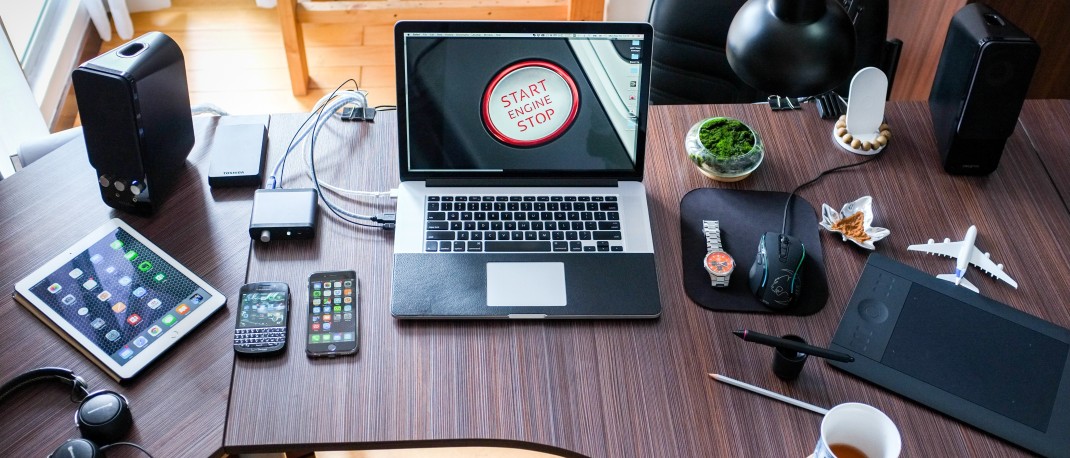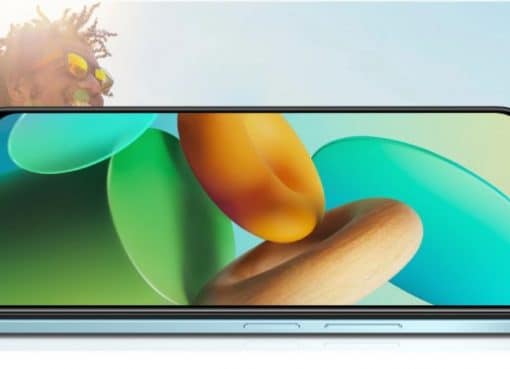What laptop should I buy? This is a common question for those looking to upgrade. We go online to get ideas by reading up articles, blogs and discussion boards. We all want the feature benefits at the lowest price, and the advice we find online urges us to first set a budget. A convenient number that comes to mind may be Rs. 30,000. You can find plenty of laptops in this range.
These laptops should get the job done, but over a period, you are likely to see signs of slowdown. We make the same mistake with everything else. We rush into low priced products and deals, even though there might be a product that lingers just above our budget, offering significantly higher value in return. Like you, there are majority of people who prefer buying laptops at under Rs. 30,000, completely ignoring superior products, priced just a bit higher. Allow us to explain.
Newer generation, faster processors can extend usability by a few years more

The performance of a laptop depends on its configuration and the processor is one part of it. Intel has branded their processors and most of us are aware of the Intel Core i3, Core i5 and the high-end Intel Core i7 and i9 models. AMD has recently launched their new family of processors, of which Ryzen 3 falls in the price range we’re most interested in. There are also some older, A-series of models worth considering. Besides processor models, there is a lot more on cores, clock speeds and processor generations that is good to know and understand. In the price range of Rs. 30,000, you will and might have in the past, found laptops equipped with entry-level processors such as Intel Pentium, Celeron and the AMD E-series. They are perfectly fine at handling most daily tasks such as browsing, writing documents and watching the occasional YouTube videos. Over a couple of years, you will notice a performance slowdown while opening multiple programs, switching between tabs in a browser and more. This slowdown can be due to OS updates, sometimes bug fixes and newer software that require more power.
By spending a little bit more, you can skip on the entry-level processor laptops, and get a model that’s equipped with a 7th generation (or better) Intel Core i3 and AMD Ryzen 3 processors. These are at the very least, spending 10 to 15 per cent more can get you a more powerful laptop than what you get at Rs. 30,000. This surely makes a difference in the long-run.
Full HD laptop screens – once only seen at Rs. 60,000 and above

Laptop screens are a major reason to upgrade to a laptop above that Rs. 30,000 mark. One of our article on laptop screens explain things in more detail. It doesn’t matter what work you do, large screens are always better to work on, read books, watch movies or even play games. They offer a larger work space and are also very comfortable to look at. Most laptops priced under Rs. 30,000 feature 15.6-inch screens, which sounds impressive, but they are low-resolution screens. This means picture quality and the text looks a little dull.
Today, most laptops priced as low as Rs. 35,000 are packed with both, large and high-resolution screens. If you have to compare a full HD resolution (1920 x 1080 pixels) laptop with a HD screen laptop (1366 x 768 pixels), you see a noticeable difference in font smoothness and picture quality. A full HD screen laptop can display more content on a screen and you can run more windows on the screen at once, so multitasking becomes simpler and you get a lot more work done.
Laptops with 8GB of RAM are just on the horizon

If you search online, you may see many laptops, armed with 4GB of RAM. This is enough for home users with basic needs. As more software are released, they demand more memory and the norm slowly shifts towards 8GB. It’s not as essential but it helps future-proof your laptop, especially those that do not let you upgrade your laptop’s memory. So, it is recommended to go for 8GB of RAM, by not paying a bomb, but just a bit more. The benefits of opting for more RAM are faster boot times, quicker opening and closing of programs and smoother multi-tasking.
500GB is passé, don’t miss out on 1TB drives

It doesn’t matter what type of users we are, or our profession is, we save a lot of files, music, photos, movies, presentations and videos on our laptops. If you are thinking of buying a laptop under Rs. 30,000, you might come across laptops with 500GB of hard drive storage. If you are someone who downloads a lot of content, or works on really large projects, or syncs photos and videos from your phone to the laptop, 500GB might last a while.
Over time, you may feel the need to delete files or transfer them to an external hard drive. This means an additional investment and inconvenience of carrying an additional drive along. By simply sliding the price filter, you can browse through laptops that now ship with 1TB hard drives. These drives can store approximately 17,000 hours of music, a 1,000 hours of videos, 310,000 photos and around 500 hours of movies. That is a lot!
Why live in the past? Laptops with faster WiFi and USB standards are just around the corner

Connectivity ports on laptops are important, when buying a laptop. Laptops priced under Rs. 35,000 are equipped with two or three USB ports, one HDMI and a LAN port that are enough for getting most devices connected.
If your work includes transferring data from a laptop to phones, cameras or external USB drives, faster USB (especially 3.1) ports are of great help. They are capable of transferring data at speeds of up to 5Gbps. You will also come across different USB versions and generations. To know about these standards, and how fast they can get, check our article on simplifying connectivity conundrums.
In terms of wireless connectivity, most laptops with prices ranging up to Rs. 35,000 support the newer Wi-Fi 802.11ac standard. It is three times faster than the previous generation, Wi-Fi 802.11n standard that’s commonly seen on laptops under Rs. 30,000. Be sure to check the specifications to know for sure though.
Hopefully, this article should help you find a laptop that’s truly worth every rupee. You may have started reading this feature, thinking of spending Rs. 30,000 on a laptop but hopefully, we’ve shown you some of the benefits that additional 15 per cent can make. Use that price filter wisely, and read the specifications on the laptops available online or head to the nearest Reliance Digital store if you’d like to get a feel of the product. While you’re there, you can also speak with our friendly sales executives to help you pick a great value-for-money laptop.



